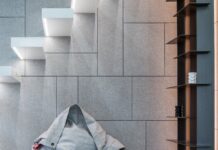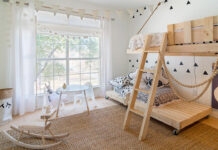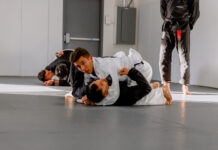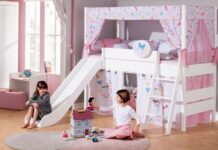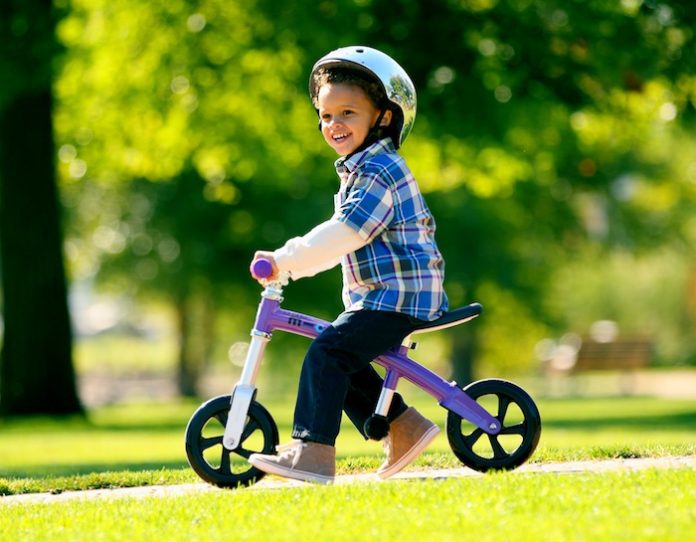
Parents who have a baby or toddler may have already thought of buying their child a bike. What is a balance bike and why should you get one for your children? A prominent characteristic of balance bikes is the lack of pedals. Your little one will use his/her feet to propel the bike forward while seated in the saddle. Balance bikes are designed for toddlers or children between ages two and six years.
Kids balance bikes will help them learn and improve balance, steering skills and maintaining the direction of the bike. Improved skills will lead to lesser use of the feet as they scoot along with stability and balance. Going out to find and purchase the best balance bike is no easy task. The following are factors to consider before buying a balance bike.
Avoid the Training Wheels
Training wheels or stabilizers will not help your child in learning how to balance a bike. Once the training wheels are removed, the child will have to learn how to balance from scratch. Without training wheels, your little one will quickly learn to balance and corner without having to relearn riding with training wheels. Learning how to balance is more important than learning to pedal hence the need for a balance bike.
Bike Height
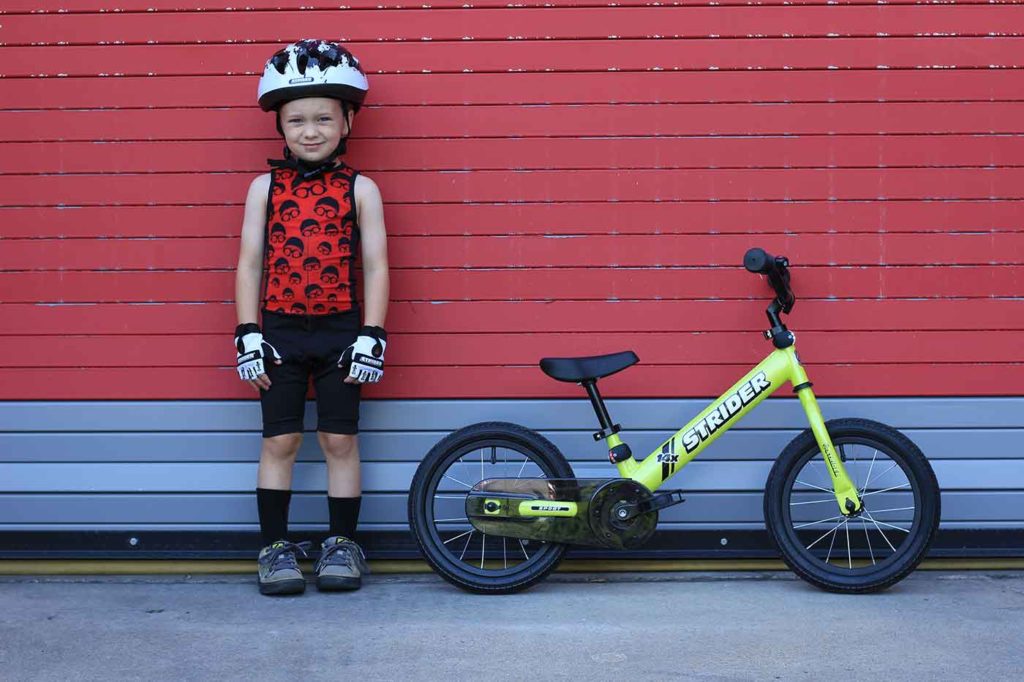
The biggest consideration to have in mind is the height of your child. Some parents will always consider an age chart when buying a bike for their child. However, not all children grow in line with the growth curve of the average child. Always work with their height when finding the best balance bike.
The best toddler bike height is determined by the height of the inseam of your child in relation to seat height and wheel size. The seat height of the chosen bike should be 1-1.5″ less than the child’s inseam when standing in their shoes. Kids balance bike mostly have 12″ wheels but there are 14″ wheels for older and taller preschoolers.
To know if you have chosen the right bike size, the child’s elbow should have a small bend when holding the bars. Their legs should be almost fully extended when their pedal is at the 6 o’clock position for a balance bike with pedals or comfortably touching the ground for bikes without pedals.
Your child has outgrown a bike if their knees and elbows stick out when riding. They are trying to make themselves smaller to fit the bike. Height adjustments on the saddle and handlebar will help but a new bike is required if the limit has been reached.
Desist from the fallacy that your child will grow into a larger bike as this may put them in harm’s way. A bigger bike is heavier which makes it difficult for the child to control or pick it up. Purchasing a well-fitted bike ensures the child has adequate control over it and will make them enjoy cycling.
Weight of the Bike
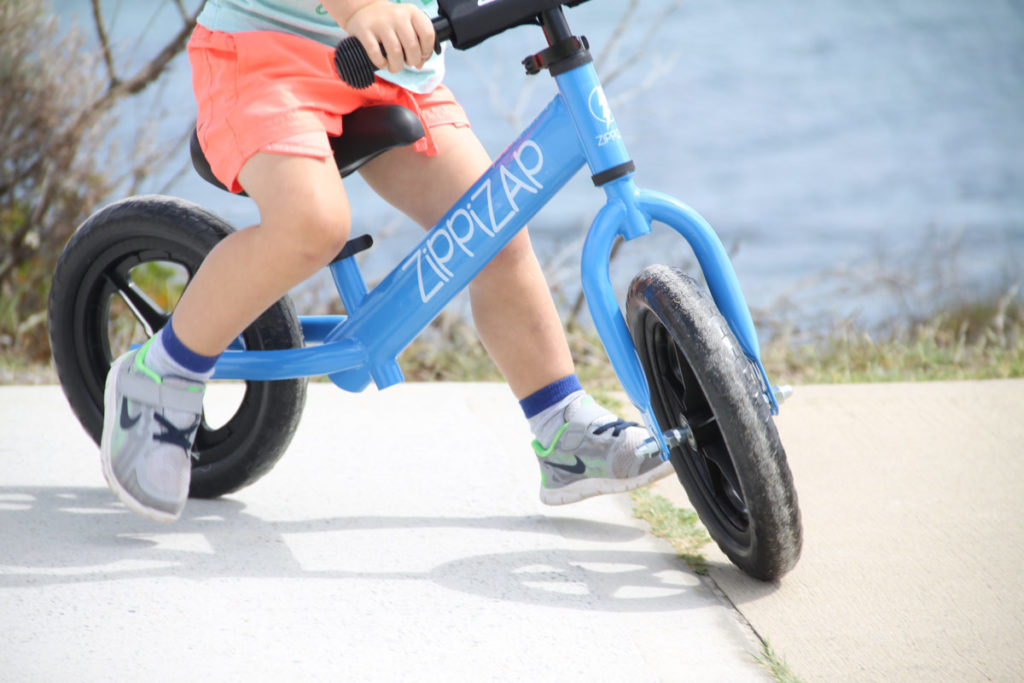
The ideal balance bike should not be more than 30 percent of your child’s weight. A lighter bike is easy to control and pick from the ground. The weight of a balance bike is determined by frame material and type of wheels. Fully loaded bikes that have air tires and handbrake require specialty parts to make them lightweight. High-quality lightweight balance bikes are expensive due to the specialty components.
Frame Material
The most common frame material in balance bikes is metal which can be steel or aluminum. Frame material contributes to the total weight of the bike and the weight-bearing capacity of the bike. There are lightweight composite frames made of fiberglass that are equally strong.
Type of Tires
The two most popular types of tires for balance bikes are foam tires and air tires. Keep in mind that tires play an important role in the performance of a bike and comfort for the rider.s
Foam tires are the most common in kids’ balance bikes and carry advantages of being lightweight and never going flat. The foam tires are recommended if the child will be riding on pavement.
Air tires can be considered a superior option since they provide cushioning that makes rides comfortable by smoothing out bumps. Additionally, they have greater traction since tires are made of rubber and make riding easier and safer.
Air tires are recommended if the bike is to be used for adventure since they offer tractions in all terrains and greater balance. Air tires are prone to going flat and a bicycle pump is necessary to re-inflate tires to adjust tire pressure and after repairing a puncture.
Turning Limiters
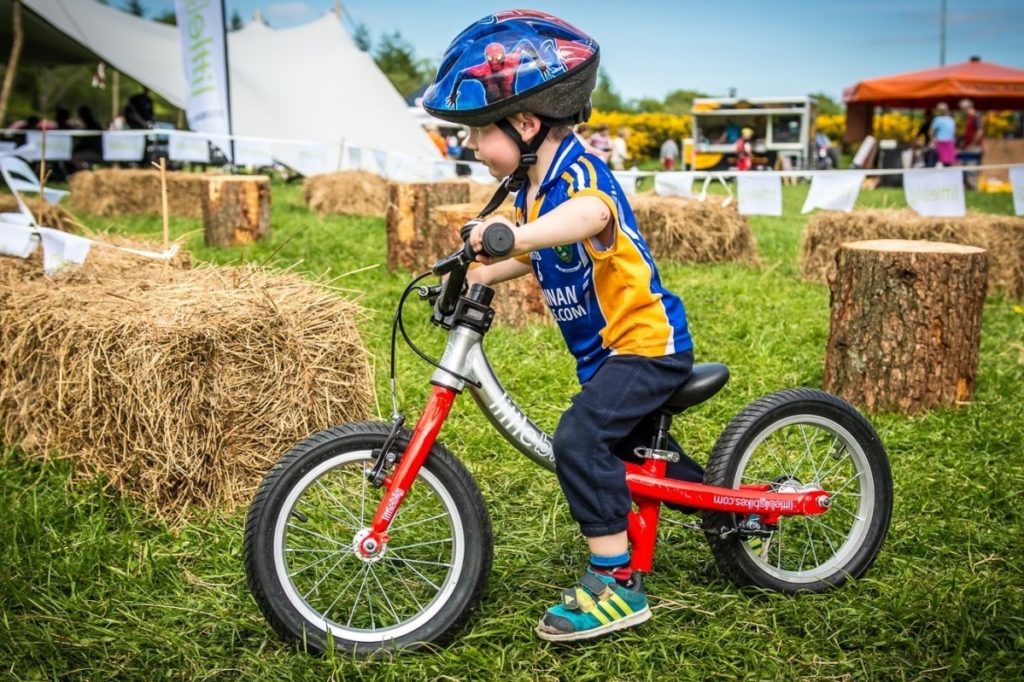
The best balance bikes have turning limiters to prevent the handlebar and front wheel from making a full revolution. Turning limiters can be considered a safety mechanism since they prevent sharp turns that may cause jackknifing and suffering a nasty injury. Turning limiters will prevent the brake cable from entangling in balance bikes with handbrakes.
Turning limiters have both proponents and detractors but overall they have little or no effect on riding the bike. Check out for poorly designed turning limiters that reduce the turning circle of the bike. Parents should go for balance bikes that have a removable limiter that can be removed once the child is comfortable riding the bike.
Brakes
NetParents recommend that the best toddler bikes should have handbrakes. The handbrakes are an optional part of balance bikes but are common in electric balance bikes and a balance bike with pedals.
Having handbrakes on the balance bike will help avert nasty injuries, prevent extensive damage to your kid’s shoes, and prepare the child to ride pedal bikes later in life. Preschoolers and other older children have well-developed hand/eye coordination to use handbrakes on balance bikes. With handbrakes, the children have the option to stop using both the handbrakes and their feet.
Choose a balance bike that has short-reach brakes that are optimized for the small hands of a toddler or preschooler. The brakes are also easier to squeeze to reduce speed and eventually stop the bike. After learning to use handbrakes, the children will not require further training on the use of brakes on a regular pedal bike.
In conclusion, take into consideration all these factors and you will be in a position to find and purchase the best balance bike for your kid.

